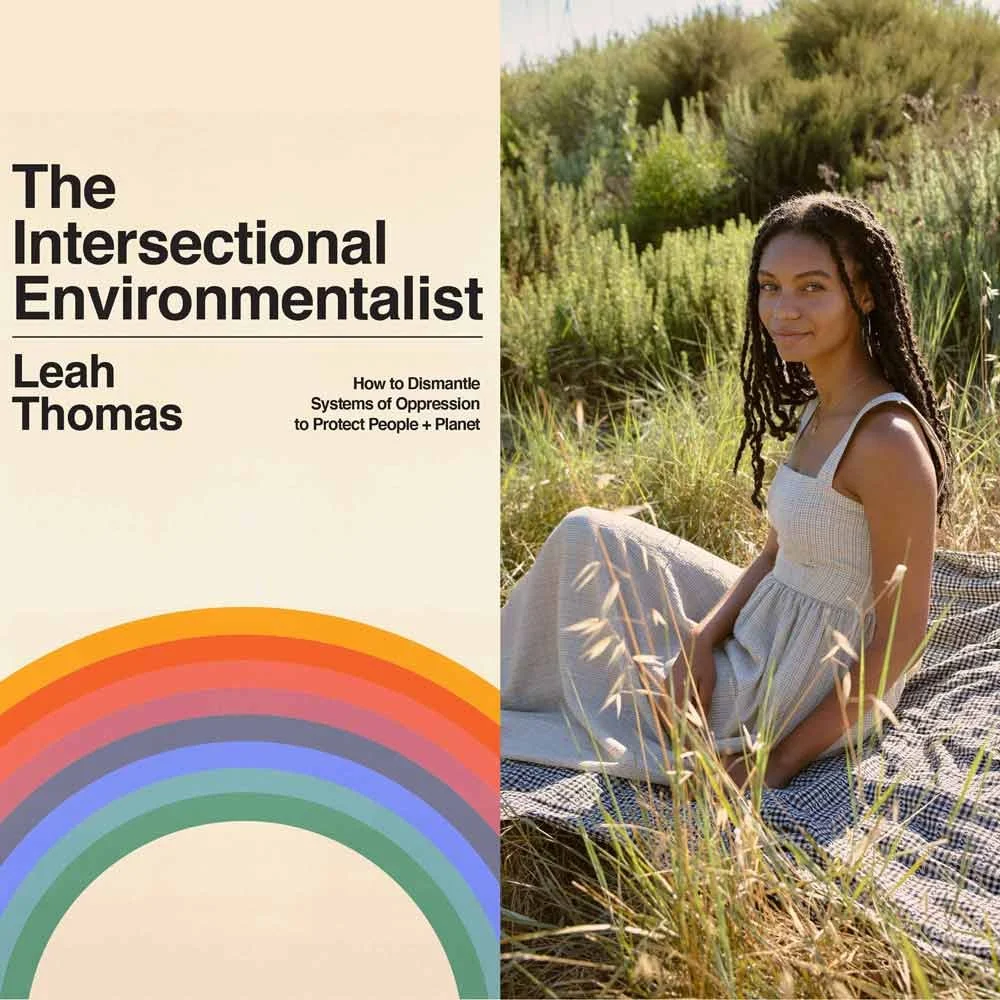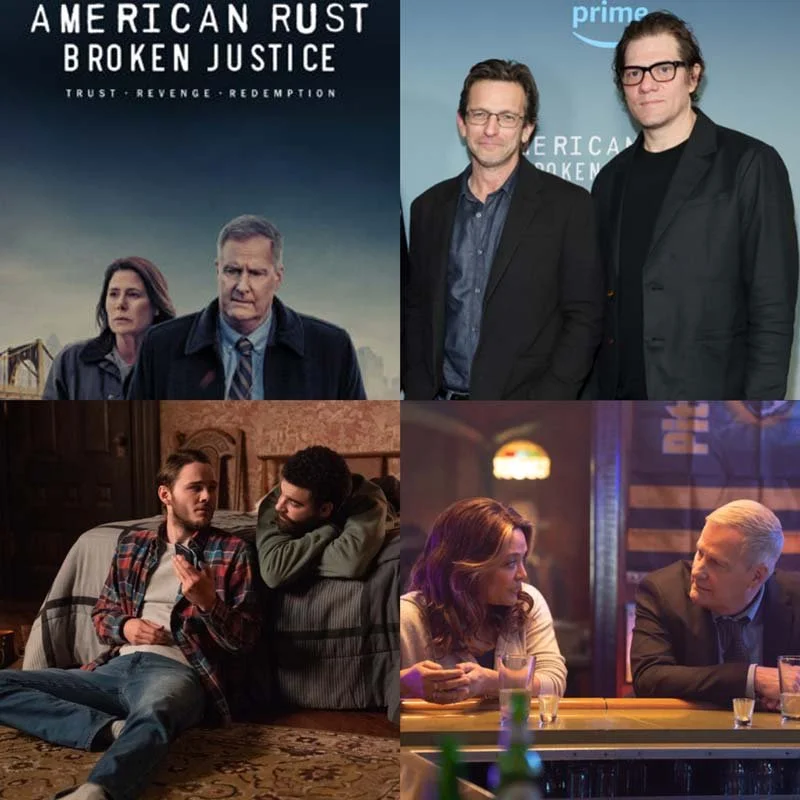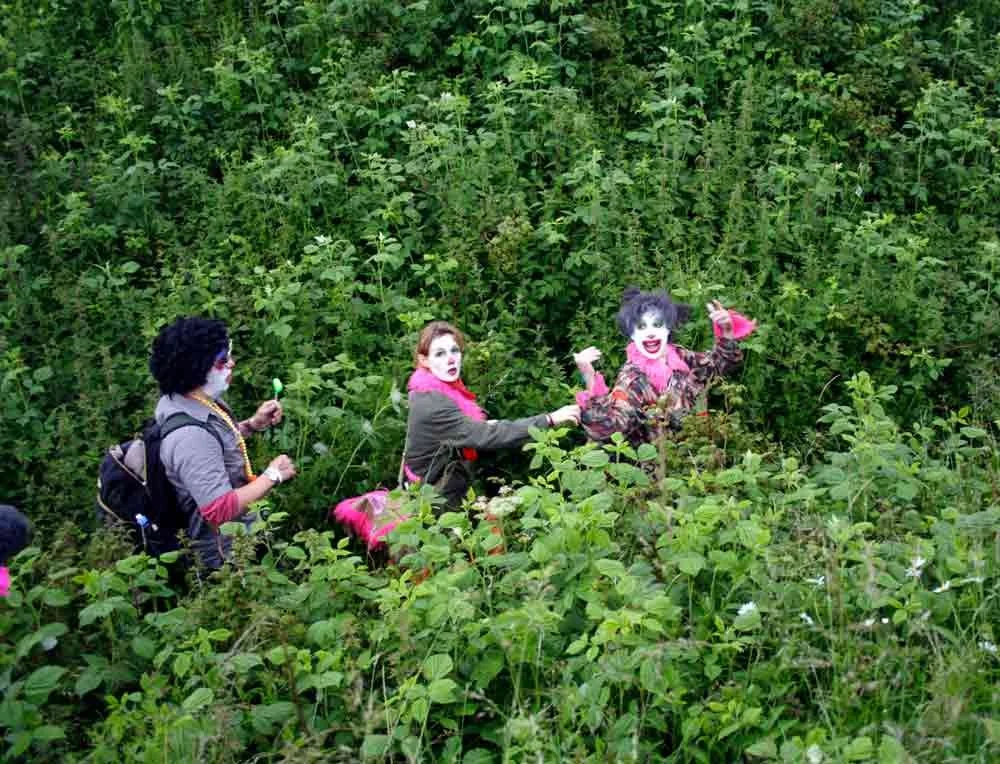Leah Thomas is an intersectional environmental activist and eco-communicator based in Southern California. She’s passionate about advocating for and exploring the relationship between social justice and environmentalism and was the first to define the term “Intersectional Environmentalism.” She is the founder of @greengirlleah and The Intersectional Environmentalist platform. Her articles on this topic have appeared in Vogue, Elle, The Good Trade, and Youth to the People and she has been featured in Harper’s Bazaar, W Magazine, Domino, GOOP, Fashionista, BuzzFeed, and numerous podcasts. She has a B.S. in Environmental Science and Policy from Chapman University and worked for the National Park Service and Patagonia headquarters before pursuing activism full time. She lives in Carpinteria, California. She is the author of The Intersectional Environmentalist: How to Dismantle Systems of Oppression to Protect People + Planet, and Winner of the Creative Force Foundation Award 2023.
ONE PLANET PODCAST · BUSINESS & SOCIETY
The Intersectional Environmentalist: How to Dismantle Systems of Oppression to Protect People + Planet just won Creative Force Foundation's Award and is an introduction to intersectional environmentalism. Tell us first what that term means to you and why you needed to write this book?
LEAH THOMAS
Intersectional Environmentalism to me means prioritizing social justice in environmental movements and really thinking about what communities are most impacted by different environmental injustices. So, for example, in the United States, a lot of communities of color, Black, Indigenous communities, and also lower-income communities struggle with things like unclean air and unclean water, and those are environmental injustices. So I thought it was important to have an intersectional approach to environmental advocacy that doesn't ignore these things and these intersections of identity, but explores them to make sure that every community, especially those most impacted by environmental injustices, no longer are. And I wanted to write a really accessible introduction that was targeted at school kids or anyone who wants to learn more.
So I think the first step is definitely awareness. I know when I was the only Black student in my environmental science program, I didn't quite understand why I really wanted to focus on the environmental injustices that were going on in my neighborhood. Or the concept of racial justice was always kind of intertwined with my environmental advocacy. So it's something that I want other communities of color to understand that that's okay, that you can show up to this field and also have empathy for your own community and that you don't need to separate your identity from your environmental practice. And including your cultural background can actually enhance the work that you do because I think it's such a beautiful thing that we all have different identity aspects, whether that's religion, race, gender, etc.
ONE PLANET PODCAST · BUSINESS & SOCIETY
Your book and platform really are accessible, which is so important. You know your audience and you listen to them. You're working on climate justice and radically imagining a more equitable and diverse future of environmentalism. We know students of color face major barriers to succeeding in STEM. Those coming from low income households or attending community college face especially glaring hurdles in the field of environmental science, as they're often excluded from these natural areas and the careers that are tied to them. How are you helping advance opportunities?
THOMAS
So I think that's the first step, making sure that representation is there so all people can see themselves reflected in environmental education and feel empowered to know that they belong and they can take their identity with them and that enhances their environmental practice. And secondly, through The Intersectional Environmentalist Platform, we love to platform students who are working on climate justice research and share it through kind of untraditional means. So they might not be published in a scientific paper, but it's something they can share amongst their peers in our community of about half a million people, etc. So it's another way for them to share their research at the intersection of identity and environmentalism with more people. And that's something I really enjoy with our work, just letting people know that, yeah, your work is important, even if it's not published in a scientific paper. There is a really big community of people out there who are interested in learning and might even relate to that research.
ONE PLANET PODCAST · BUSINESS & SOCIETY
When I started my interest in environmentalism, it was in the late sixties, early seventies, and Lois Gibbs was the Caucasian superhero in Niagara Falls. She was the high school science teacher who I interviewed and then I interviewed Michael Brown, who made her famous in his book on love canal and yet. That was predated by Hazel Johnson from the 1955 black environmental movement, and Dr. Robert Bullard, and I had no clue of that.
THOMAS
Learning about environmentalism in school, you look at specific figures like John Muir, etc. And I wanted people to also have that association when it came to the environmental justice movement because I think sometimes that really is a helpful learning tool for students.
So in particular, Hazel M. Johnson, I'm so fascinated by her because she's often not really written about in environmental textbooks at all. She was just a woman in Chicago who had no environmental experience, but she started realizing that a lot of people in her community, including her husband, were getting all sorts of forms of cancers and other heart diseases and things like that at what she suspected were alarming rates. So when she investigated, she found that her neighborhood was built on top of toxic waste and other things, and she defined this term called a toxic doughnut that her community and so many other communities that were similar to hers that were lower income and primarily Black neighborhoods that were formerly redlined were surrounded by a toxic doughnut of waste, of landfills, highways running through their neighborhoods, and sometimes even buried radioactive waste, etc.
So she was one of the first people who really made a stir about this, and I think something that's really cool in her work, and then also Dr. Robert Bullard, to formalize that research or that hunch that she had and produced the first study on toxic waste and race and really made the field of environmental justice is that they also were really just faith-based people that spoke about this amongst their churches.
And I think again, that's something that's really cool because in the environmental or scientific community, sometimes people do try to separate faith advocacy from science. However, these are people that were mobilizing in their churches and talking about it in their sermons and seeing how they could transform their communities to be better for people and the planet.
So I think it's just a great story, and I really want people to know the names of people like Hazel Johnson and Dr. Robert Bullard just like they know the names of people like John Muir because they've done such a beautiful job, and I want their legacies to be remembered.
This interview was conducted by Bruce Piasecki & Mia Funk.
Mia Funk is an artist, interviewer and founder of The Creative Process & One Planet Podcast (Conversations about Climate Change & Environmental Solutions).



















































